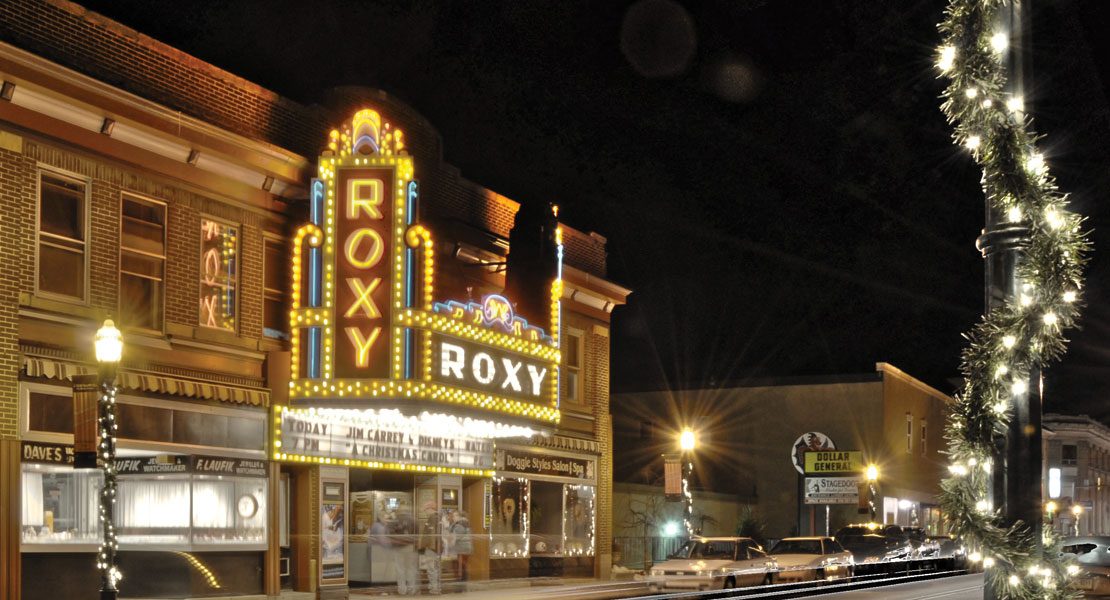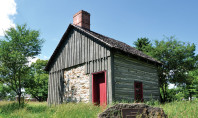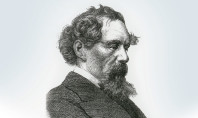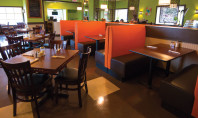Northampton

Incorporated on May 6, 1901, Northampton was originally named the “Borough of Alliance” in reference to its unification of several smaller communities and hamlets, the two largest of which were Northampton and Siegfried in eastern Allen Township.
But while the name had symbolic meaning, “Alliance” never gained popular support. Instead, the post offices in Northampton and Siegfried continued to use their respective names, while the area’s passenger and freight trains did the same. Adding to the problems was the fact that another prominent community in Pennsylvania was already named Alliance, thereby causing confusion throughout the state.
Realizing that a change was necessary, community and business leaders, including representatives from the Atlas Portland Cement Company, which had been operating in the borough since 1895, petitioned to adopt a new name. Atlas favored uniting under Northampton because the majority of the company’s printed materials, including the reusable cloth bags in which the cement was shipped, already bore the words “Northampton, PA” and changing to anything else would be extremely costly. Spurred on by the cement company, the borough officially changed its name on April 12, 1909.
Atlas’s role in helping determine the borough’s identity was fitting, since for the majority of citizens the production of cement was an integral part of life. Much of Northampton’s population was composed of European immigrants who came to the borough during the late 19th and early 20th Centuries in search of work. Atlas, as well as other local cement companies such as the Lawrence Portland and Dragon Cement Company, provided plentiful jobs. While men operated the plants’ quarries, crushers, pulverizers, kilns and finish mills, women often found work either in the company offices or in the bag factory sewing the 94-lbs bags that held the cement. For the better part of the 20th Century, nearly every person in Northampton could trace some kind of personal connection to the cement industry.
By the early 1930s Northampton had earned a reputation as a global center of cement production, while the Atlas Cement Company held the distinction of being the largest cement mill complex in the entire world.
Throughout the 1910s and 20s, cement produced in Northampton was shipped to sites across America for use in some of the nation’s most iconic structures. The Hoover Dam, the Empire State Building, Rockefeller Center and the Holland Tunnel were all built with Atlas Cement. The company’s largest project, however, was the Panama Canal, which used an astonishing eight million barrels (at 376-lbs per barrel). By the early 1930s Northampton had earned a reputation as a global center of cement production, while the Atlas Cement Company (now the Universal Atlas Cement Company, following a merger with Universal Cement) held the distinction of being the largest cement mill complex in the entire world – operating around the clock and employing approximately 5,000 people.
While the cement industry boomed, Northampton grew along with it. A trolley system was introduced to shuttle residents to and from work as well as to the borough’s blossoming downtown. Main Street and Laubach Avenue, two of the most prominent streets in the borough, were soon home to countless retail stores, restaurants and theaters. In 1939, when the borough’s new post office was built on the corner of Washington and 17th Streets, it became the first post office in the United States to be constructed out of concrete.
But while the borough expanded, its identity as a cement town always remained at the forefront. Northampton’s weekly newspaper was known as The Cement News, while the local bank bore the name Cement National Bank. Even Northampton High School’s athletic teams adopted the moniker “Konkrete Kids” to pay homage both to the industry and to the populace’s immigrant roots (“konkrete” taken from the German word “konkret”).
In August of 1982, after decades of declining profits, the Universal Atlas Cement Company closed its doors, finally succumbing to the economic pressures of competing against less expensive foreign-produced cement. Today, although most of the Atlas complex has been demolished, much of the land has been repurposed for use as public community areas. The Northampton Recreation Center now occupies a stretch of former Atlas land near Lerchenmiller Drive, while Northampton’s Middle School and High School (who still use the name Konkrete Kids) were built on the former site of Atlas’ Plant No. 4 (the largest in the complex).
visit history:
ATLAS CEMENT MEMORIAL MUSEUM
(1401 Laubach Avenue, Northampton): The museum houses a unique collection of artifacts, photographs and film related to the one-time cement giant. Many of the artifacts were donated by residents of Northampton out of their own personal collections. Open the second and fourth Sundays of the month from May through September, and by appointment during the offseason. Call 610.262.2576 for more details.
Wilson Blockhouse
(Northampton Borough Community Park, Laubach Avenue) – Constructed in 1756 by Hugh Wilson, one of the earliest European settlers to arrive in Northampton Borough, the Wilson Blockhouse is a small stone fort used for protection during attacks by Native Americans. Wilson, who purchased his land from William Allen in August of 1739, reportedly built the fort at the urging of Benjamin Franklin. In 1984 the blockhouse was moved from its original location to the borough park.
The Roxy Movie Theater
(2004 Main Street, Northampton) – Originally opened as the Lyric in 1921, the theater was sold in the spring of 1933, renovated into the popular art deco style, and reopened as the Roxy. Today, the Roxy remains a stunning example of art deco and continues to be Northampton’s only commercial theater. Visit their website for current show times (roxytheaternorthampton.com).
Photo by TJ Burger























